Nepal is experiencing a shocking tourism spending imbalance that threatens the country’s foreign exchange reserves and economic stability. Nepali citizens traveling abroad are spending dramatically more money than foreign tourists bring into the country, creating a substantial deficit in tourism revenue that has alarmed economists and policymakers alike.
According to recent data from Nepal Rastra Bank (NRB), the country’s central banking authority, Nepali travelers have spent a staggering NPR 47.31 billion on international travel through Bhadra (mid-September), while foreign tourists visiting Nepal contributed only NPR 11.58 billion during the same period. This represents a concerning four-fold difference that highlights Nepal’s growing tourism trade deficit and raises questions about sustainable economic development.
Breaking Down Nepal’s Tourism Spending Statistics
Foreign Tourist Revenue: NPR 11.58 Billion
Through the first five months of the fiscal year (ending in Bhadra/mid-September), Nepal earned NPR 11.58 billion from international visitor arrivals. While this figure represents a 9.8% increase compared to the previous year’s NPR 10.55 billion, the growth rate remains insufficient to offset the massive outbound tourism expenditure by Nepali citizens.
The modest increase in tourism revenue suggests that while Nepal’s tourism sector is recovering and attracting more international visitors, the revenue generation per tourist and overall spending capacity of foreign travelers remain relatively limited.
Nepali Outbound Spending: NPR 47.31 Billion Total
Nepali citizens spent NPR 47.31 billion abroad during the same period, marking a 9.6% increase from the previous year’s NPR 43.18 billion. This substantial outbound expenditure divides into two major categories that paint a comprehensive picture of Nepal’s international spending patterns.
Education Expenses Drive Massive Capital Outflow
NPR 32.76 Billion Spent on Overseas Education
The largest component of Nepal’s outbound tourism expenditure involves education-related travel. Nepali students and their families spent NPR 32.76 billion on overseas education through Bhadra, significantly higher than the previous year’s NPR 28.20 billion.
This dramatic increase in education-related outbound spending reflects several concerning trends:
- Growing number of Nepali students seeking higher education abroad
- Increasing tuition costs at international universities
- Declining confidence in Nepal’s domestic education system
- Brain drain affecting Nepal’s long-term economic development
- Rising middle-class families investing in foreign education credentials
Countries like Australia, the United States, Canada, the United Kingdom, and Japan remain primary destinations for Nepali students, each demanding substantial financial commitments for tuition, accommodation, and living expenses.
NPR 14.55 Billion on Leisure Travel and Tourism
After excluding education-related expenses, Nepali tourists spent NPR 14.55 billion purely on leisure travel, business trips, and tourism activities abroad. This figure still significantly exceeds the NPR 11.58 billion that foreign tourists spent in Nepal.
This leisure travel spending reveals that Nepali citizens increasingly possess disposable income for international tourism, yet Nepal struggles to capture equivalent spending from foreign visitors despite its world-renowned attractions including Mount Everest, UNESCO World Heritage sites, and unique cultural experiences.
Understanding Nepal’s Net Services Income Deficit
NPR 31.16 Billion Negative Balance
The substantial gap between tourism income and outbound spending contributes to Nepal’s net services income deficit of NPR 31.16 billion through Bhadra. This represents a deteriorating situation compared to the previous year’s deficit of NPR 27.93 billion during the same period.
The widening deficit indicates that Nepal’s tourism sector, despite its potential and natural advantages, fails to generate sufficient foreign exchange to balance the country’s international spending patterns. This imbalance creates pressure on Nepal’s foreign currency reserves and contributes to trade deficit challenges.
Why Foreign Tourists Spend Less in Nepal
Budget-Conscious Backpacker Market
Nepal has historically attracted budget-conscious travelers, particularly backpackers seeking affordable mountain trekking experiences. While these visitors contribute to tourism numbers, their per-person spending remains relatively modest compared to luxury tourism destinations.
Limited High-End Tourism Infrastructure
Nepal’s tourism infrastructure, while improving, still lacks the luxury resort options, premium dining experiences, and high-end amenities that encourage wealthy international tourists to spend significantly. Countries like Thailand, Maldives, and UAE have successfully captured luxury tourism markets that generate substantially higher per-visitor revenue.
Seasonal Tourism Concentration
Nepal’s tourism industry experiences significant seasonal fluctuations, with peak seasons in spring (March-May) and autumn (September-November). This seasonality limits year-round revenue generation and creates challenges for sustainable tourism employment and infrastructure investment.
Short Average Stay Duration
Many foreign tourists visit Nepal for relatively brief periods, often 7-14 days focused primarily on trekking expeditions. Shorter stays naturally limit total expenditure compared to longer vacation destinations.
Why Nepali Tourists Spend More Abroad
Quality Service Expectations
Nepali travelers, particularly middle and upper-class families, often seek tourism experiences that meet international service standards, comprehensive itineraries, and well-developed tourist infrastructure that may exceed what’s currently available domestically.
Diverse Destination Preferences
Popular outbound destinations for Nepali tourists include Thailand, India, UAE, Malaysia, Singapore, and increasingly European countries. These destinations offer diverse experiences from beach resorts to shopping tourism to cultural exploration that diversify spending patterns.
Growing Middle Class Purchasing Power
Nepal’s expanding middle class possesses increasing disposable income for international travel. Economic growth, remittance income, and business development have created a demographic with both financial capacity and desire for overseas tourism experiences.
Education Investment Priority
Nepali families traditionally prioritize education investment, viewing foreign degrees as pathways to better career opportunities. This cultural emphasis drives substantial education-related outbound spending regardless of domestic economic conditions.
Economic Implications for Nepal’s Development
Foreign Exchange Reserve Pressure
The substantial tourism deficit contributes to pressure on Nepal’s foreign currency reserves. When outbound spending significantly exceeds inbound tourism revenue, Nepal must rely more heavily on remittances and exports to maintain foreign exchange stability.
Missed Development Opportunities
The NPR 14.55 billion that Nepali tourists spend abroad represents missed economic opportunities for Nepal’s domestic tourism sector. If even a portion of this spending shifted to domestic tourism, it could generate employment, infrastructure development, and regional economic growth.
Brain Drain Concerns
The massive education-related outbound spending signals continued brain drain challenges. Many Nepali students studying abroad ultimately seek employment in their host countries, depriving Nepal of educated human capital that could drive domestic development.
For comprehensive analysis of Nepal’s economic policies and development challenges, Singhadarbar provides detailed coverage of government initiatives and economic trends affecting the nation.
Strategies to Reduce Nepal’s Tourism Deficit
Develop Luxury Tourism Segment
Nepal should strategically develop luxury tourism infrastructure including high-end resorts, premium trekking experiences, and boutique hotels that attract wealthy international travelers willing to spend significantly more per visit.
Promote Domestic Tourism
Encouraging Nepali citizens to explore domestic tourism destinations could redirect some outbound leisure spending toward the national economy. Government incentives, improved domestic tourism infrastructure, and marketing campaigns could facilitate this shift.
Extend Average Tourist Stay
Developing diverse tourism products beyond trekking—including cultural tourism, adventure sports, wellness retreats, and business tourism—could encourage foreign visitors to extend their Nepal stays and increase total expenditure.
Improve Education Quality
Investing in higher education quality domestically could reduce the number of students seeking overseas education, significantly decreasing education-related outbound spending while retaining talented youth within Nepal.
Strengthen Tourism Marketing
More aggressive international tourism marketing highlighting Nepal’s unique offerings could attract higher-spending tourist demographics who currently overlook Nepal in favor of other Asian destinations.
Comparative Analysis with Regional Neighbors
India’s Tourism Balance
India, despite its massive outbound tourism market, maintains stronger tourism revenue generation through diverse offerings, luxury infrastructure, and effective destination marketing that attracts high-spending international visitors.
Thailand’s Tourism Success Model
Thailand demonstrates how strategic tourism development focusing on diverse experiences, excellent infrastructure, and year-round attractions can generate substantially higher per-tourist revenue and maintain positive tourism trade balances.
Bhutan’s High-Value Tourism Strategy
Neighboring Bhutan implements a “high value, low impact” tourism policy with minimum daily spending requirements that generates substantial per-tourist revenue despite lower visitor numbers—a model Nepal could partially adapt.
What the Data Reveals About Nepal’s Economic Health
The tourism spending disparity reveals complex realities about Nepal’s economic development stage. Growing outbound spending indicates rising prosperity and purchasing power among certain demographics, which represents positive economic development. However, the inability to capture equivalent spending from foreign tourists suggests structural challenges in Nepal’s tourism sector that require strategic intervention.
The widening net services deficit from NPR 27.93 billion to NPR 31.16 billion year-over-year demonstrates that the problem is accelerating rather than improving, demanding urgent policy attention from government authorities and tourism industry stakeholders.
Future Outlook and Policy Recommendations
Government Policy Interventions
Nepal’s government should consider comprehensive tourism sector reforms including infrastructure investment, streamlined visa processes, improved aviation connectivity, and targeted marketing campaigns to specific high-value tourist demographics.
Private Sector Development
Encouraging private sector investment in premium tourism facilities, unique experience offerings, and service quality improvements could help Nepal compete more effectively for higher-spending international tourists.
Education Sector Reform
Addressing the root causes of education-related outbound spending through quality improvements in Nepal’s universities and vocational training institutions could reduce this substantial capital outflow over time.
Balanced Economic Development
Ultimately, Nepal must pursue balanced economic development that both captures opportunities from outbound tourism growth while simultaneously strengthening its attractiveness to international visitors who can contribute substantially to national revenue.
Conclusion: Addressing Nepal’s Tourism Trade Imbalance
The stark reality that Nepali tourists spend four times more abroad than foreign visitors spend in Nepal highlights fundamental challenges in the country’s tourism economy. While the 9.8% growth in tourism revenue provides modest encouragement, the accelerating deficit demands comprehensive strategic responses.
Nepal possesses extraordinary natural and cultural tourism assets that remain underutilized in terms of revenue generation. By learning from successful regional tourism models, investing in infrastructure and service quality, diversifying tourism products, and implementing smart policies, Nepal can work toward reducing this troubling imbalance.
The NPR 31.16 billion services deficit represents not just an accounting challenge but a missed opportunity for economic development, job creation, and sustainable growth. Addressing this imbalance should rank among Nepal’s highest economic policy priorities in the coming years.
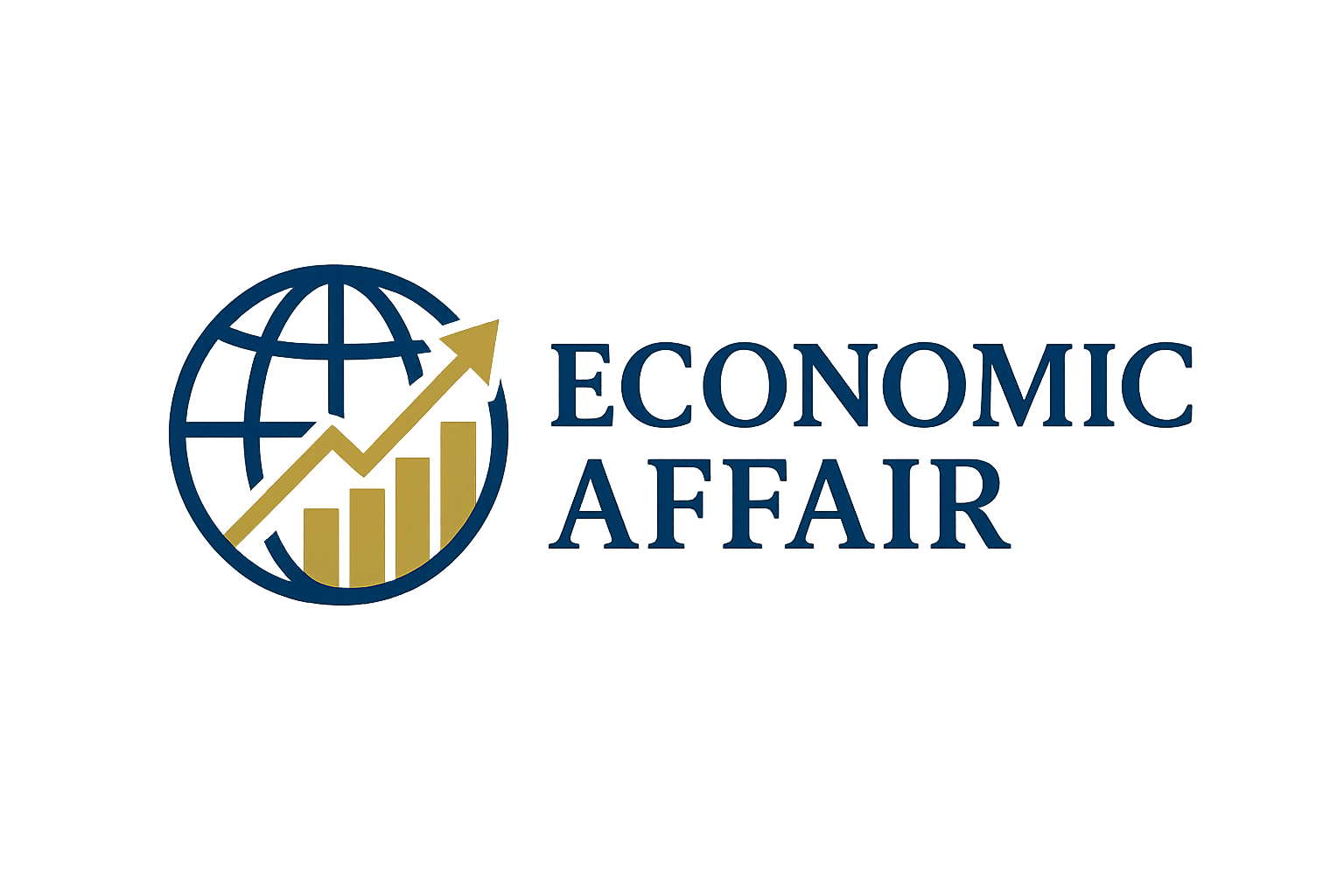

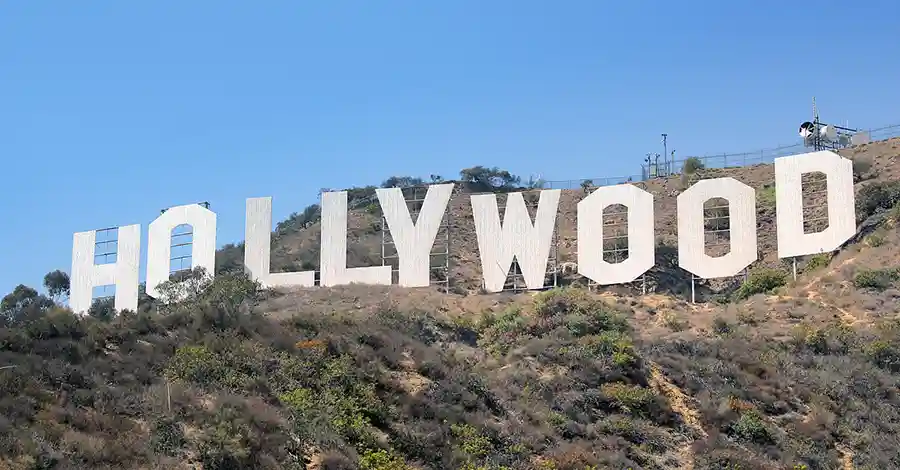
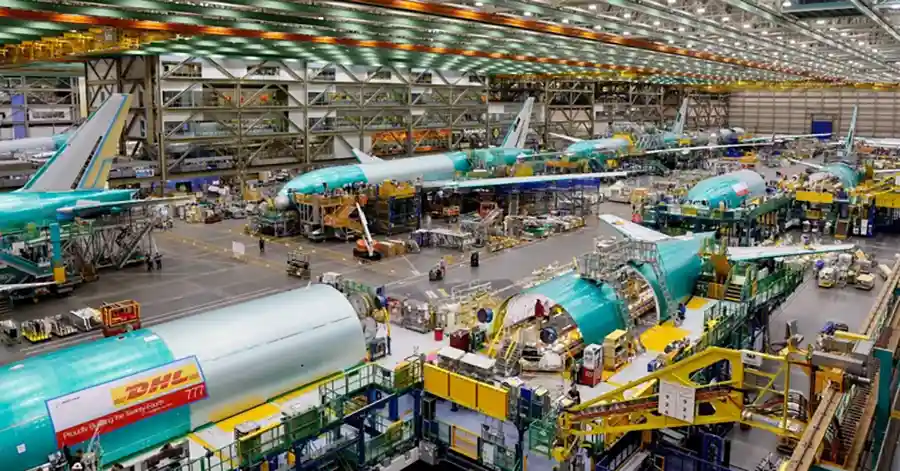


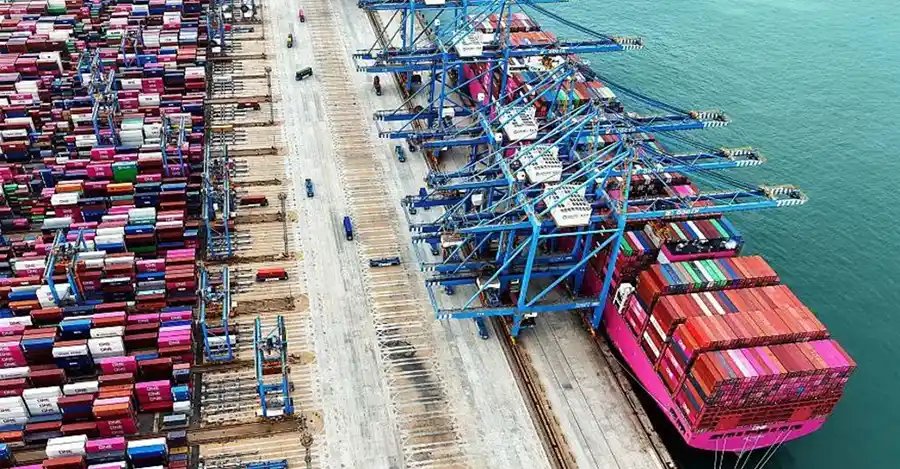


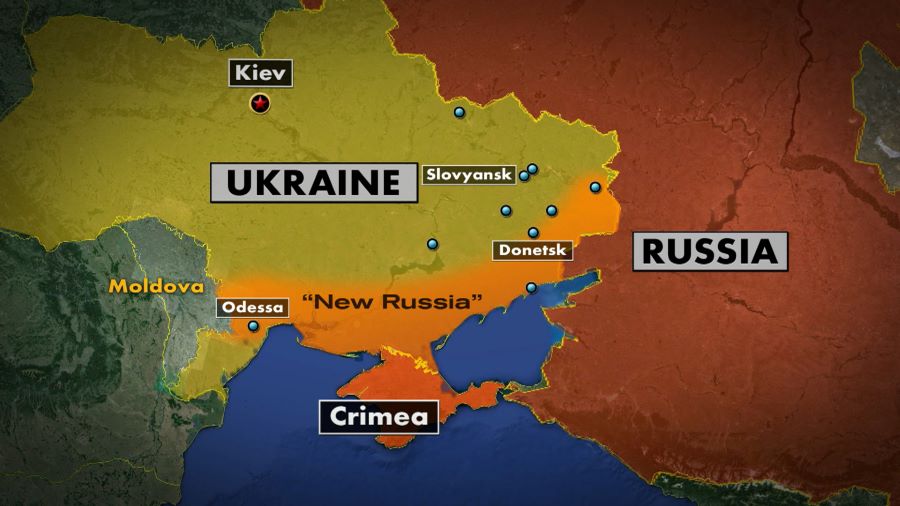




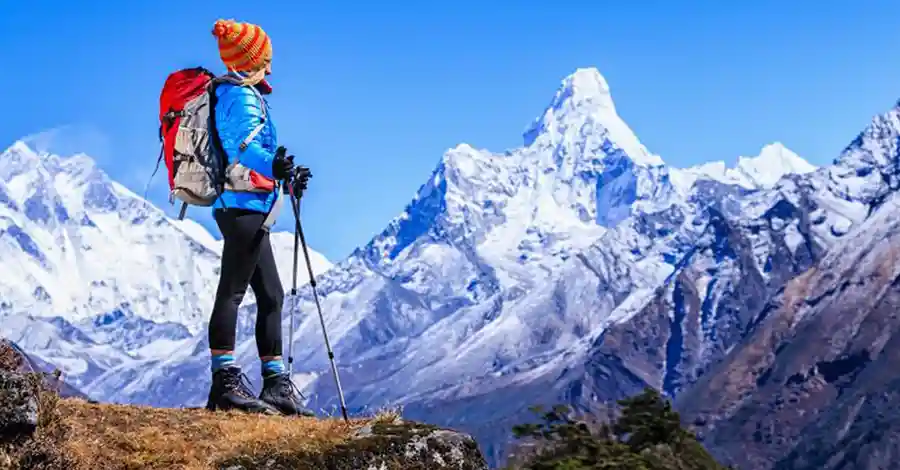
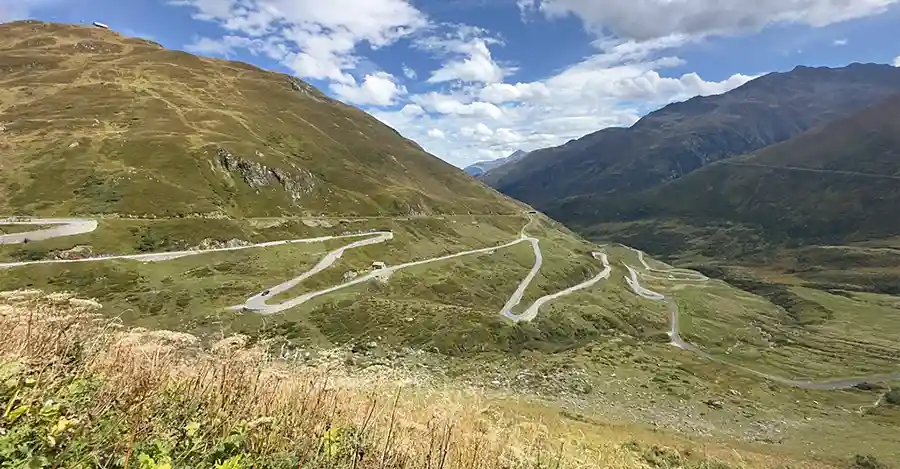
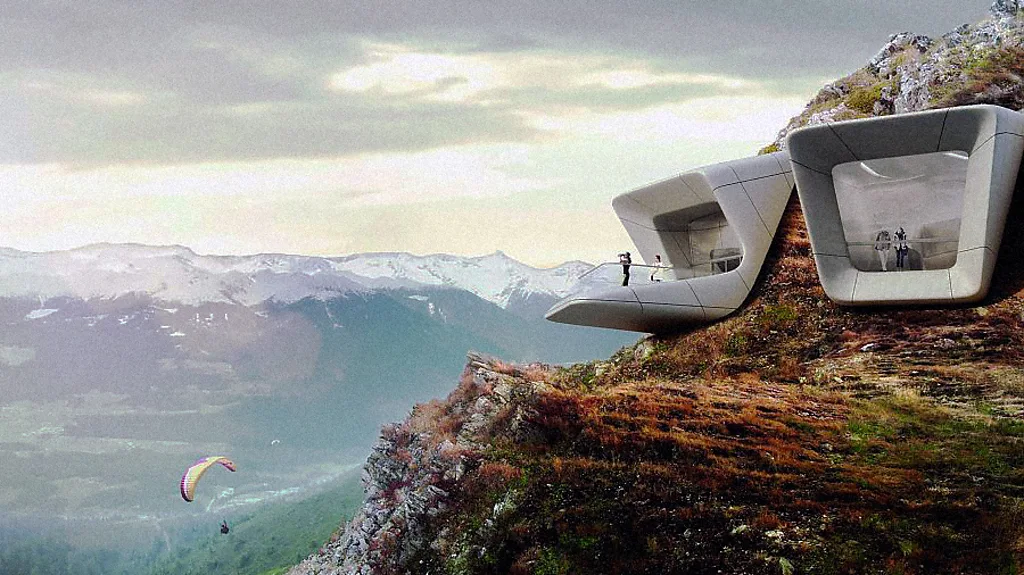
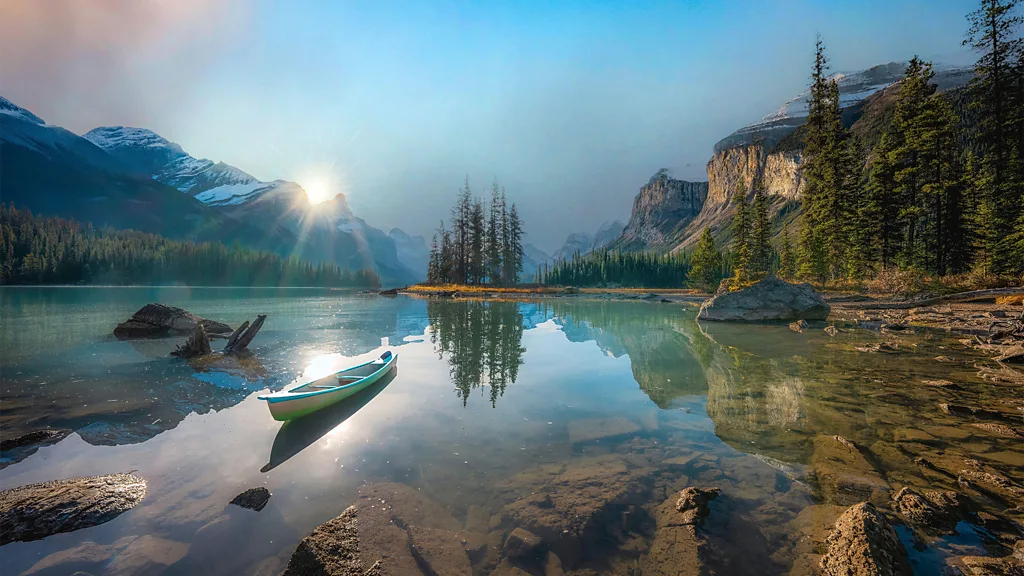

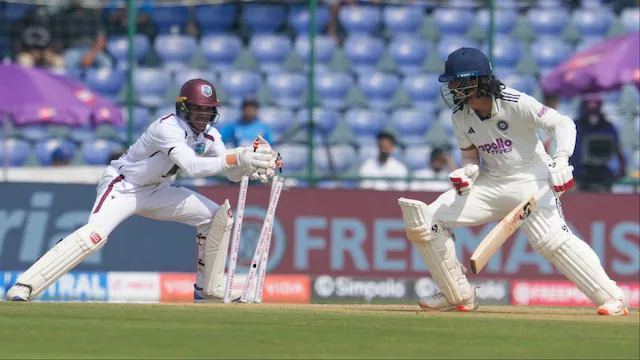

Comments